Tree Services for New Construction: Lot Clearing, Tree Preservation, and Permits
Managing tree services during new construction projects is a critical factor that can determine a development’s overall success. Trees influence everything from environmental sustainability and regulatory compliance to property values and community approval. In an era where responsible building practices are a priority, understanding how to manage these services sets developers apart as conscientious and forward-thinking.
From the earliest planning stages, trees shape the site’s ecological balance and visual appeal. Developers who include professional tree services at the outset not only reduce costly mistakes but also enhance the livability and long-term value of their projects. These decisions impact public perception, project timelines, and even future community satisfaction, making thoughtful planning indispensable. According to the Business Research Company, the tree services market size will grow from $1.3 billion in 2024 to $1.49 billion in 2025 at a CAGR of 14.3%. This robust growth underscores how vital trees and their management have become within construction planning.
Here we will explore six interconnected strategies—strategic lot clearing, thoughtful tree preservation, securing permits, managing costs, engaging communities, and committing to long-term care—that guide developers toward efficient, sustainable, and compliant projects.
Plan Lot Clearing Strategically
Lot clearing is the first significant physical step in new construction, and how it’s done can make or break a project’s environmental credibility. Strategic planning begins with a detailed site assessment, including soil quality, drainage patterns, and existing vegetation. Partnering with arborists or environmental consultants ensures that decisions about which trees to remove or retain are informed and responsible. This upfront planning minimizes habitat destruction, limits erosion risks, and sets a professional tone for the entire project.
Controlled clearing techniques—such as selective cutting rather than indiscriminate removal—allow for better preservation of natural assets. Employing modern equipment like bulldozers, excavators, mulchers, and stump grinders enables precise work that reduces ecological disruption. Repurposing removed vegetation into mulch or biomass fuel prevents waste and supports sustainable resource management.
Safety protocols are just as important as environmental safeguards. Crews should follow rigorous risk assessments, wear protective gear, and receive training on proper equipment use. Using GIS mapping or drones to identify sensitive zones ensures that protected areas remain intact. Strategic lot clearing not only prepares the site efficiently but also demonstrates a commitment to thoughtful, eco-conscious development.
Preserve Valuable Trees Thoughtfully
Tree preservation adds long-term value and beauty to construction projects. Identifying which trees to preserve—often based on maturity, rarity, or ecological function—requires expert evaluation. Arborists can flag trees that stabilize soil, provide shade, or enhance biodiversity. Protecting these assets benefits both the environment and future property owners.
During construction, protective barriers or fencing should be placed around critical root zones to prevent damage. Limiting machinery movement and material storage near these trees helps reduce compaction and stress. Supplemental watering, mulching, and monitoring during heavy construction periods maintain tree health under pressure.
Preservation doesn’t end once the buildings go up. Long-term maintenance—including pruning, fertilization, pest management, and soil quality checks—ensures trees remain strong for decades. Developers who plan for continued care signal to buyers, investors, and regulators that they value sustainable growth. Thoughtful tree preservation turns natural elements into living assets that elevate a project’s marketability and ecological integrity.
Secure Necessary Permits and Ensure Compliance
Navigating environmental permits and regulatory compliance is a crucial step that protects developers from fines, delays, and potential litigation. Many jurisdictions now require detailed environmental impact assessments before construction can begin. Local ordinances or federal guidelines may dictate minimum numbers of trees to preserve or require replanting plans for any removed vegetation.
Early engagement with regulatory bodies prevents last-minute surprises. By integrating tree services planning into permit applications, developers demonstrate environmental responsibility and speed up approval processes. Aligning with public policies that prioritize green spaces also builds goodwill with local communities and planning boards.
Staying informed about evolving regulations is essential. Proactive compliance planning ensures smooth construction timelines and positions the development as a model of accountability. Permits are more than bureaucratic hurdles—they are opportunities to showcase a project’s alignment with sustainability and responsible growth principles.
Manage Costs Effectively Through Tree Planning
At first glance, hiring professional tree services or investing in sustainable clearing methods may seem like an unnecessary expense. However, these measures often reduce long-term costs and risks. Effective tree planning can prevent costly fines for non-compliance or damage to neighboring properties. It can also avert delays caused by overlooked permit requirements or unanticipated environmental challenges.
Healthy, mature trees incorporated into a project’s design can significantly increase property values and reduce landscaping expenses. Their natural shade can lower energy costs for future occupants, while stable root systems prevent soil erosion that might otherwise require expensive engineering solutions.
Early investment in modern equipment and skilled crews also leads to operational efficiencies that save money in the long run. Developers who view tree services as an investment—rather than a line item to cut—position their projects for financial stability, smoother construction schedules, and enhanced resale value.
Engage Communities and Enhance Aesthetics
Communities increasingly view trees and green spaces as vital components of livable neighborhoods. Preserving and integrating trees into developments enhances aesthetic appeal, improves air quality, and reduces noise pollution. These benefits make properties more attractive to potential buyers or tenants, directly influencing marketability.
Involving local residents or stakeholders during the planning stages builds trust and transparency. Developers who highlight their commitment to tree services often face less resistance during public hearings or zoning approvals. Well-designed landscapes featuring mature trees and thoughtfully placed vegetation create inviting, human-centered environments that encourage outdoor activity and community interaction.
Aesthetic considerations also align with environmental goals. Green spaces break up concrete expanses, provide wildlife habitats, and foster neighborhood pride. Developers who engage communities in their environmental planning can turn potential critics into advocates, ensuring smoother project execution and long-term neighborhood vitality.
Commit to Long-Term Environmental Stewardship
Environmental responsibility doesn’t end once the last nail is hammered in. Long-term care for preserved and replanted trees is essential to maintaining project value and ecological benefits. Regular inspections by certified arborists can identify pests, diseases, or soil issues before they become major problems.
Ongoing maintenance strategies—like pruning, fertilizing, and adjusting irrigation—promote healthy, resilient trees. Developers can strengthen their reputations by partnering with local environmental groups or municipal programs to support post-construction tree care. These collaborations amplify the impact of tree services, creating a network of shared responsibility for preserving green spaces.
Sustained care enhances biodiversity, provides flood control, and mitigates the effects of the urban heat island. Developers who champion long-term stewardship show foresight, appealing to environmentally conscious buyers and setting an example for industry peers. By embedding maintenance into the project’s lifecycle, they create thriving, attractive communities that retain value for decades.
Effective tree services form the backbone of responsible construction. By planning lot clearing strategically, preserving valuable trees, securing permits, managing costs, engaging communities, and committing to long-term care, developers can achieve projects that satisfy environmental, financial, and community priorities.
Sustainable practices not only protect ecosystems but also elevate property values and enhance neighborhood livability. As the demand for environmentally conscious development grows, builders who prioritize professional tree services will stand out in a competitive market. For expert guidance and comprehensive solutions that support your next project’s success, partner with Traditional Tree Service today. Let your property shine like it was meant to.

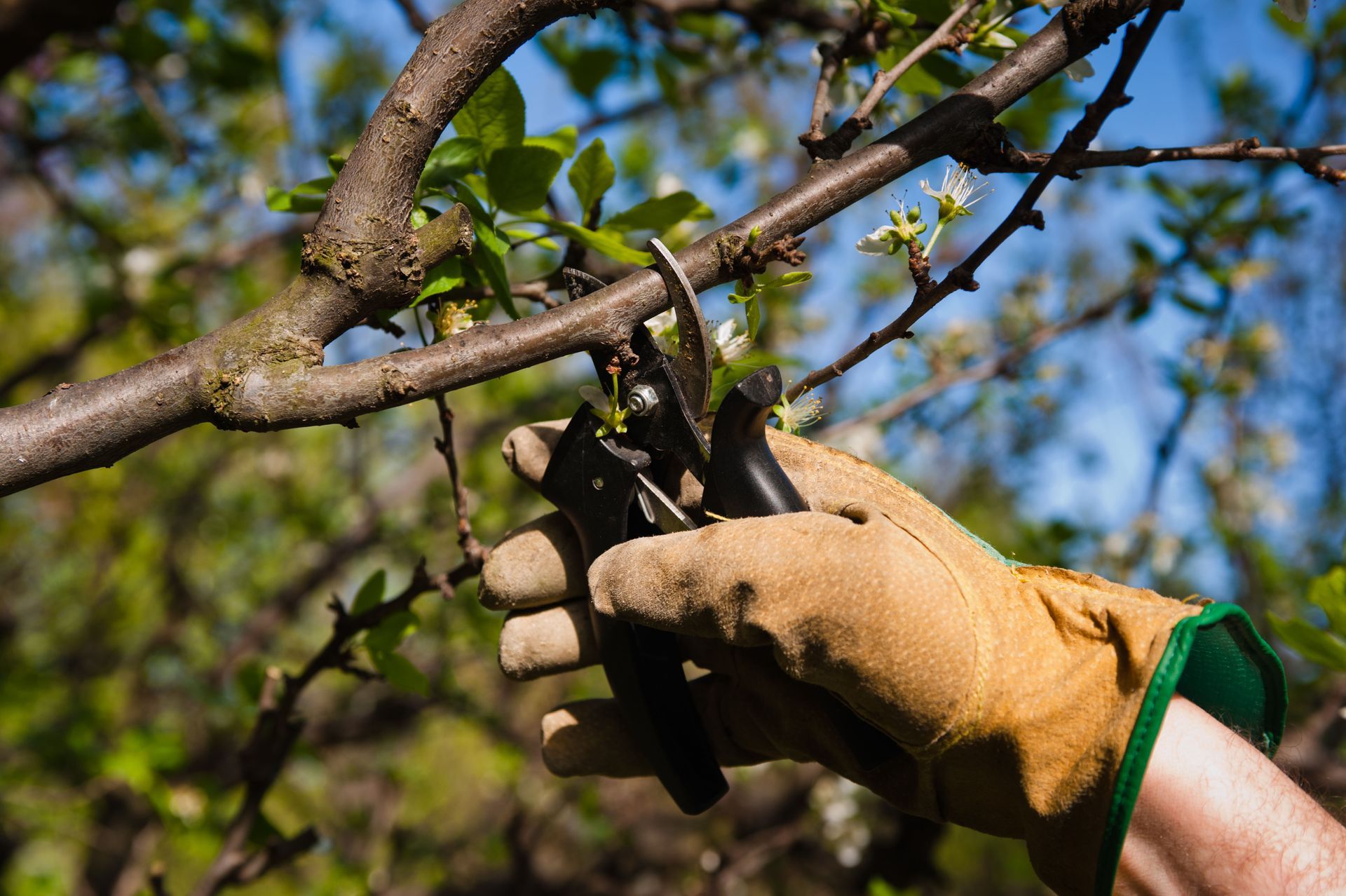
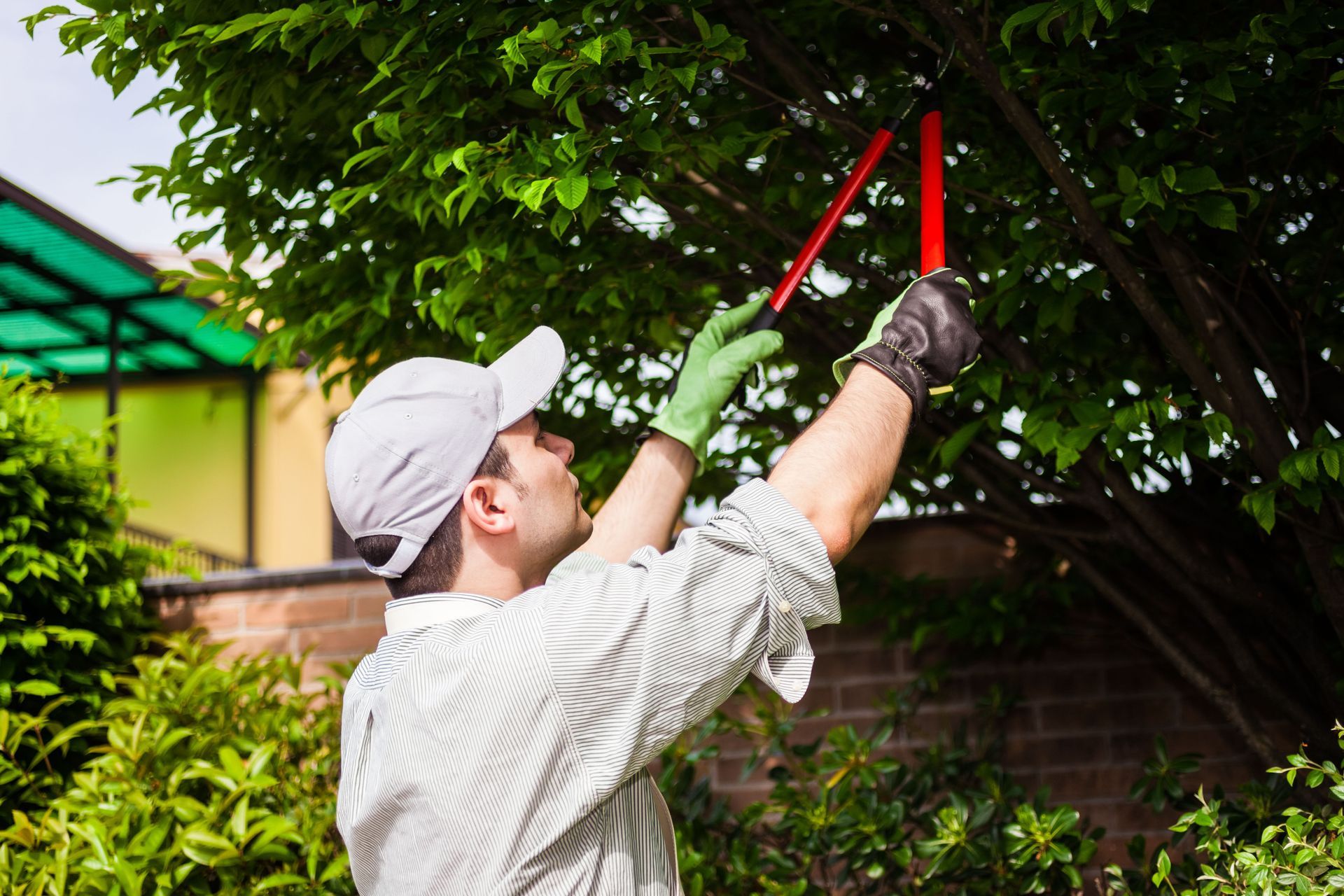
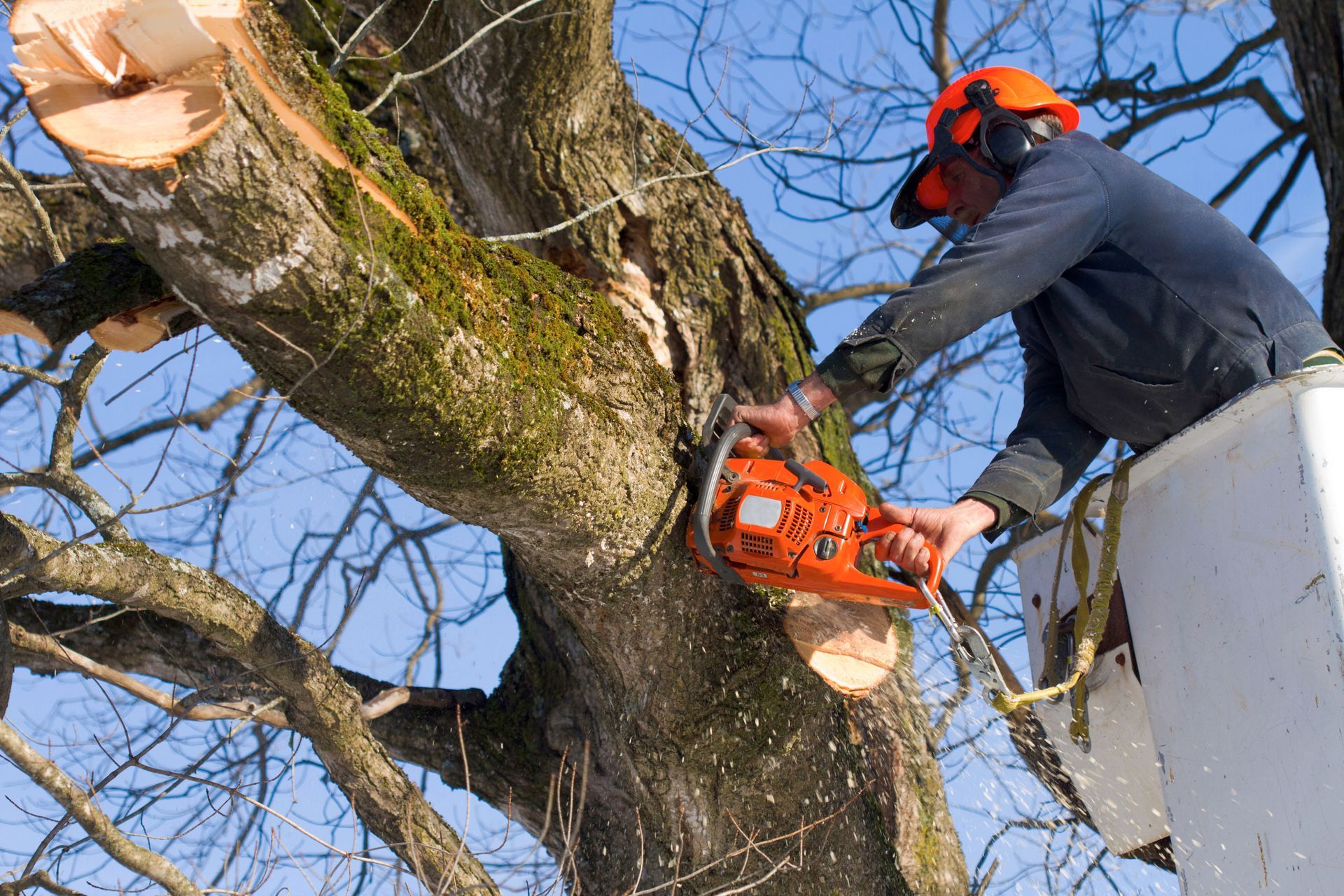
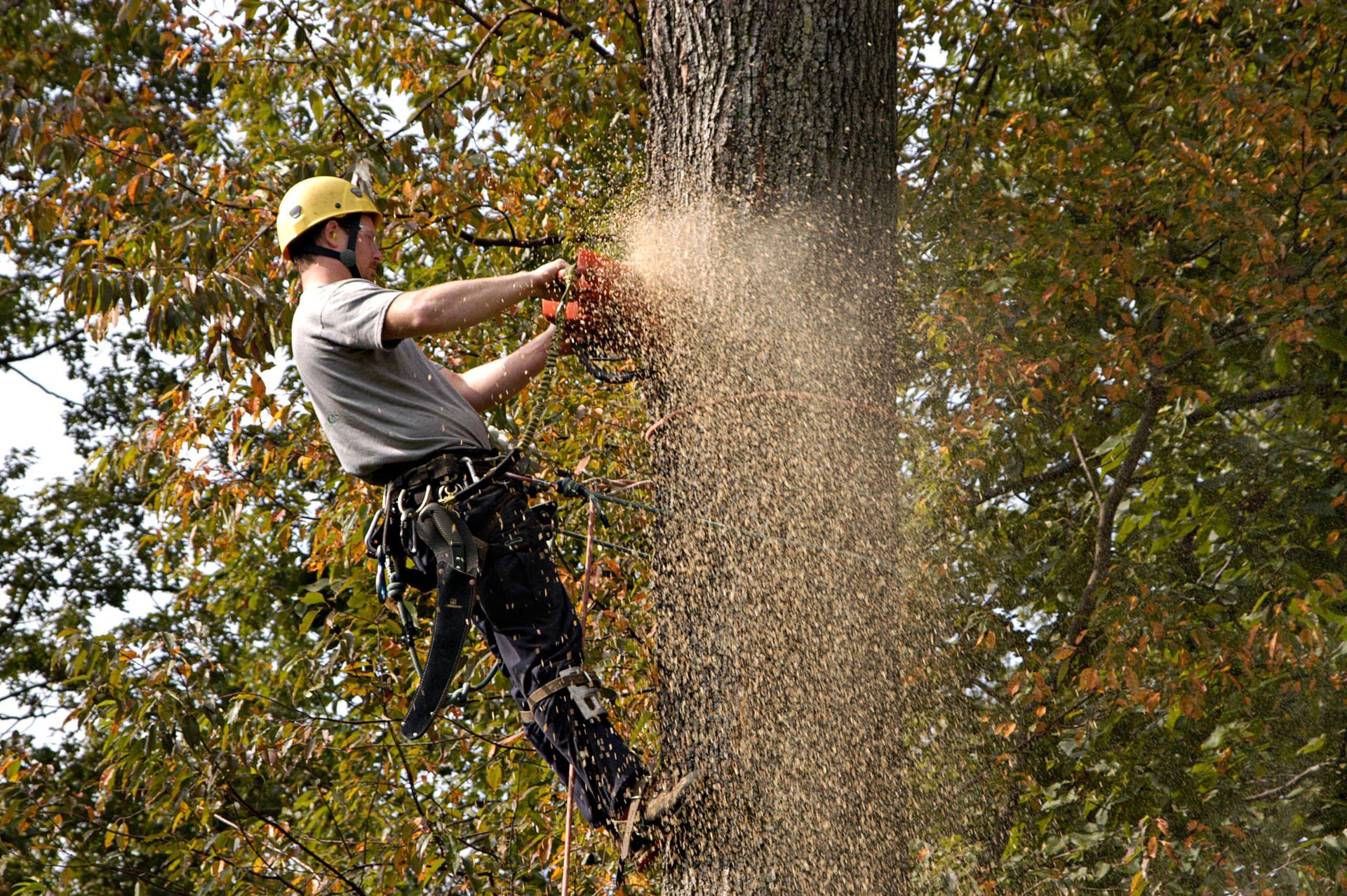
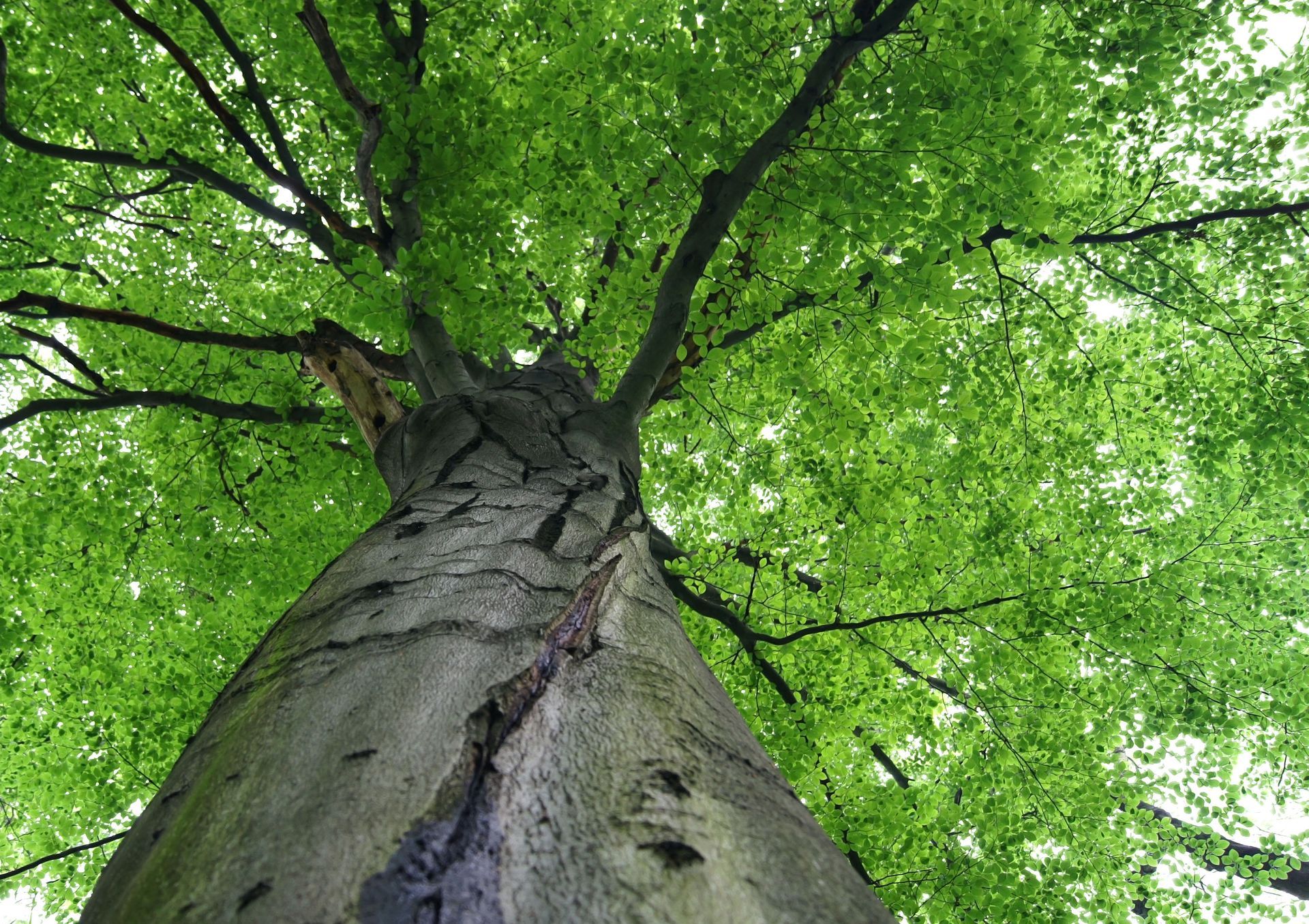
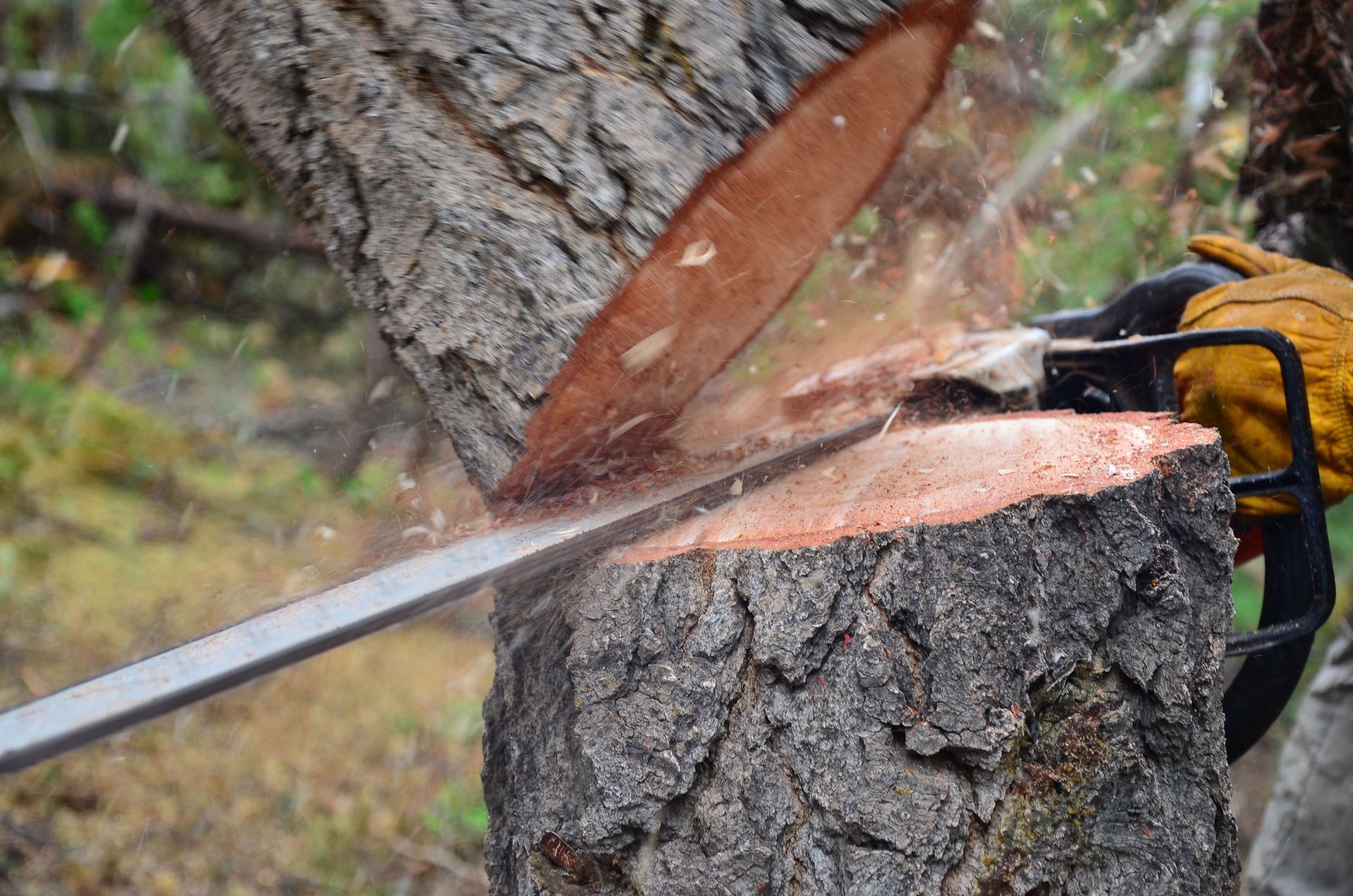
Share On: